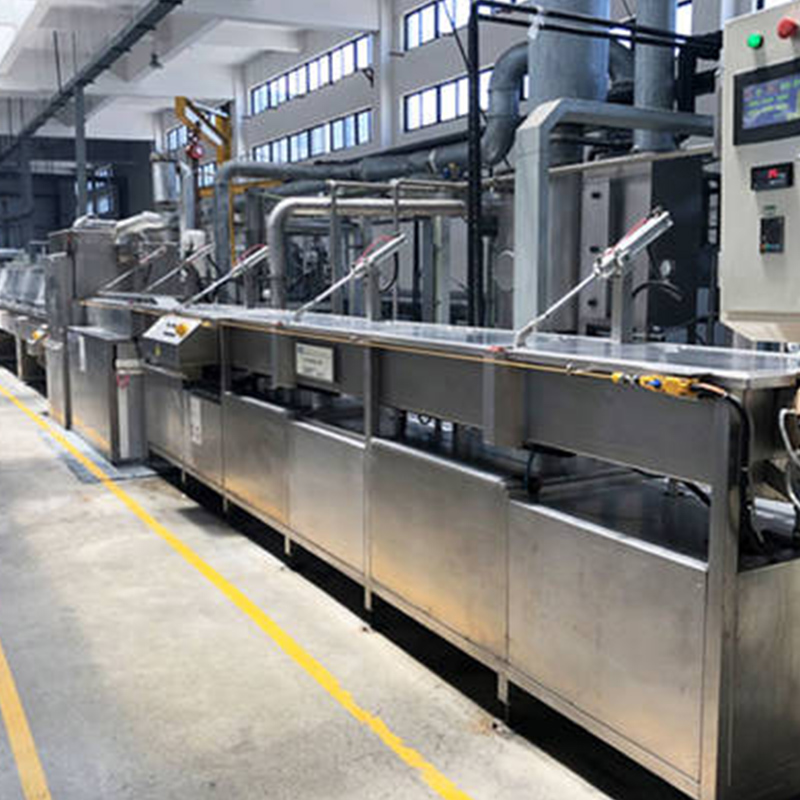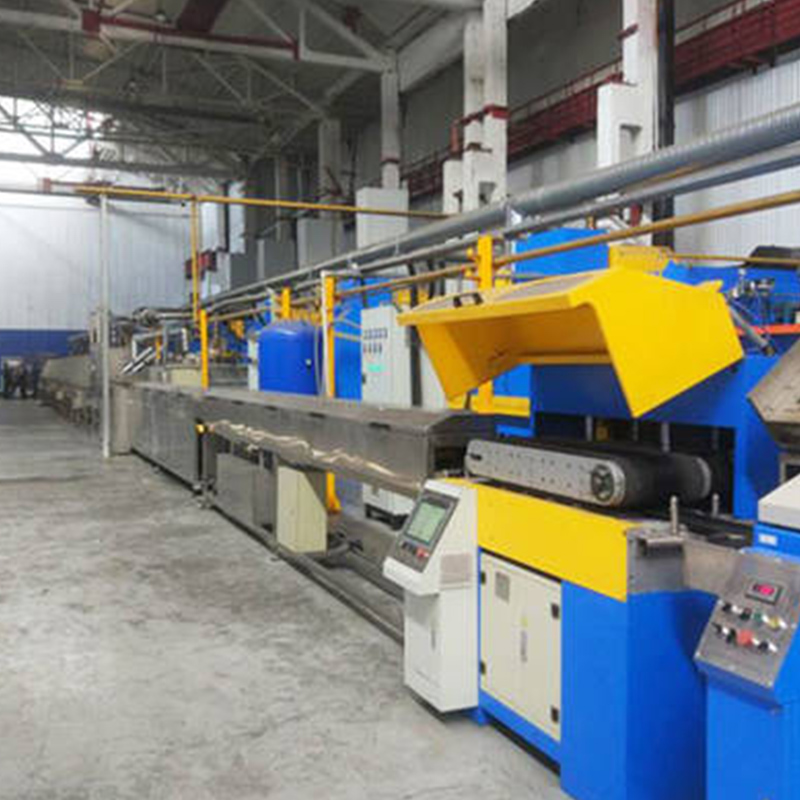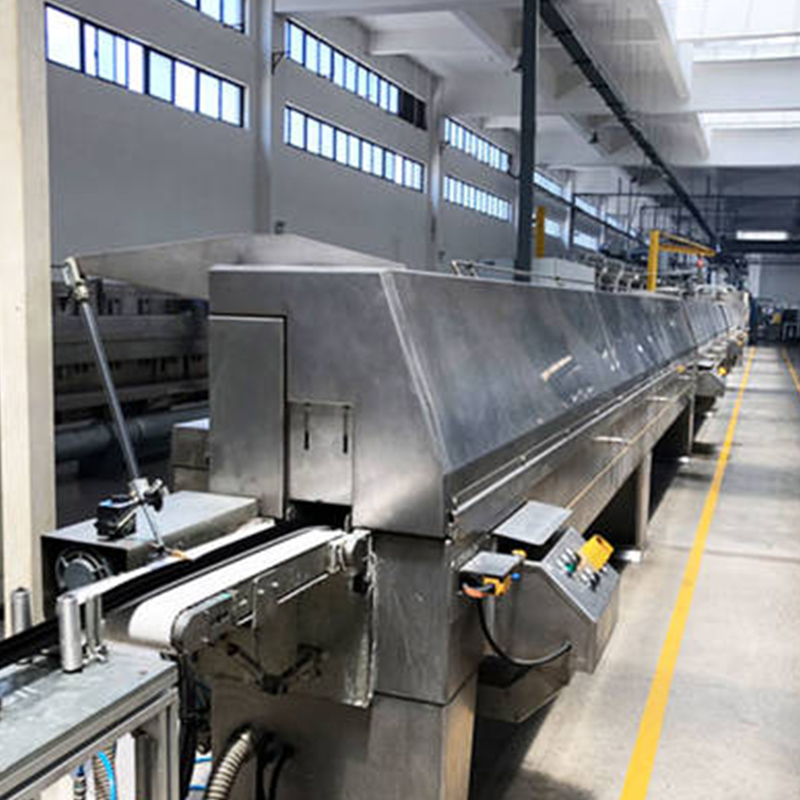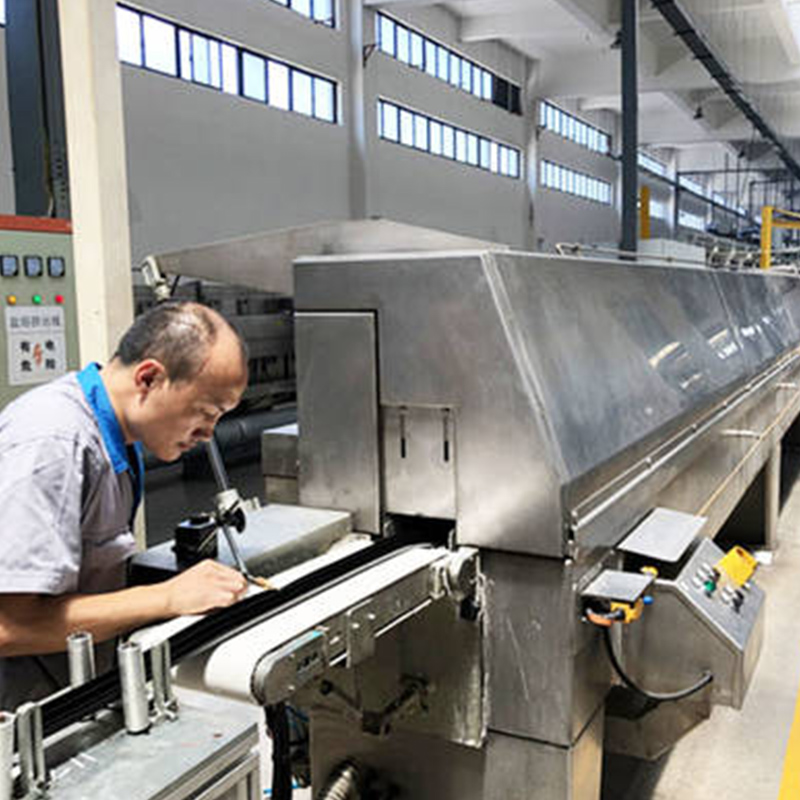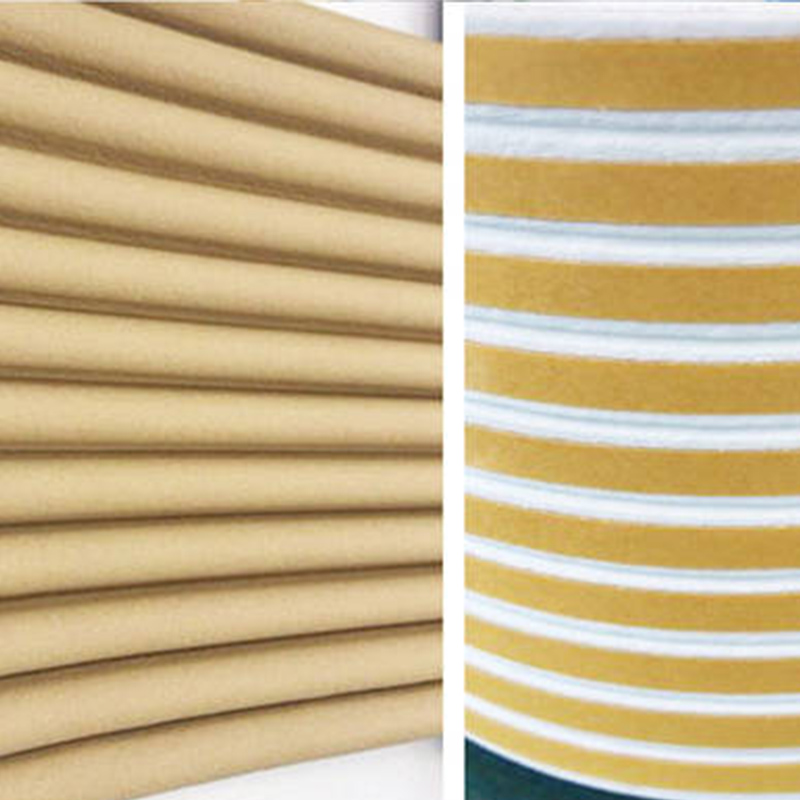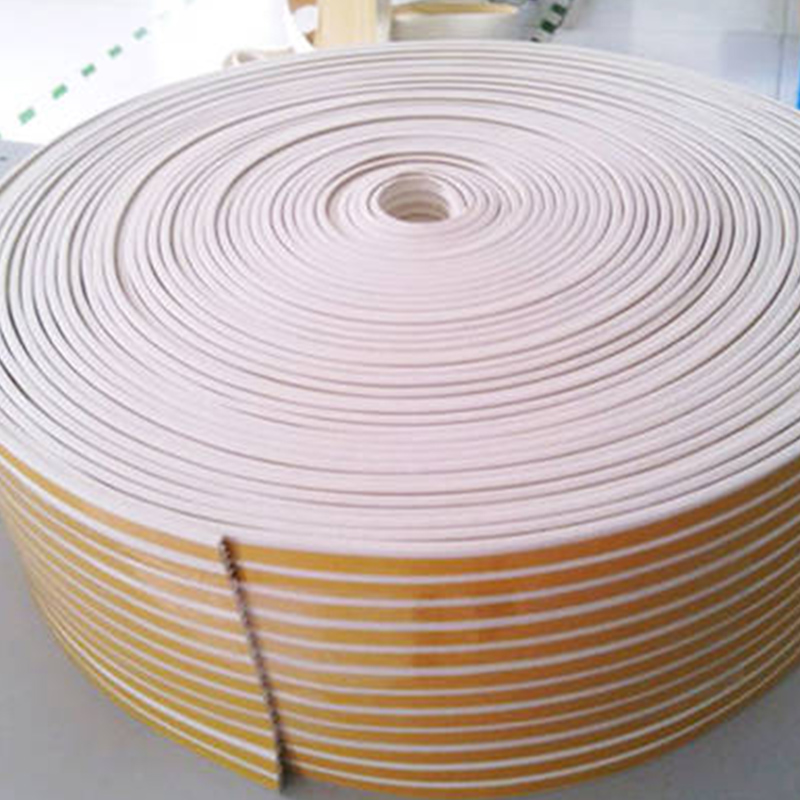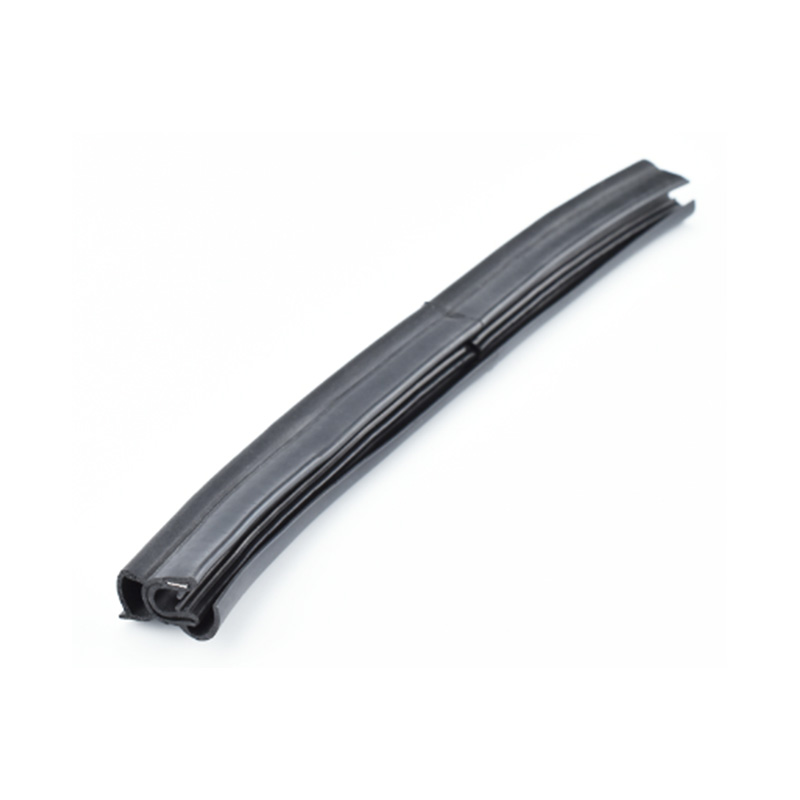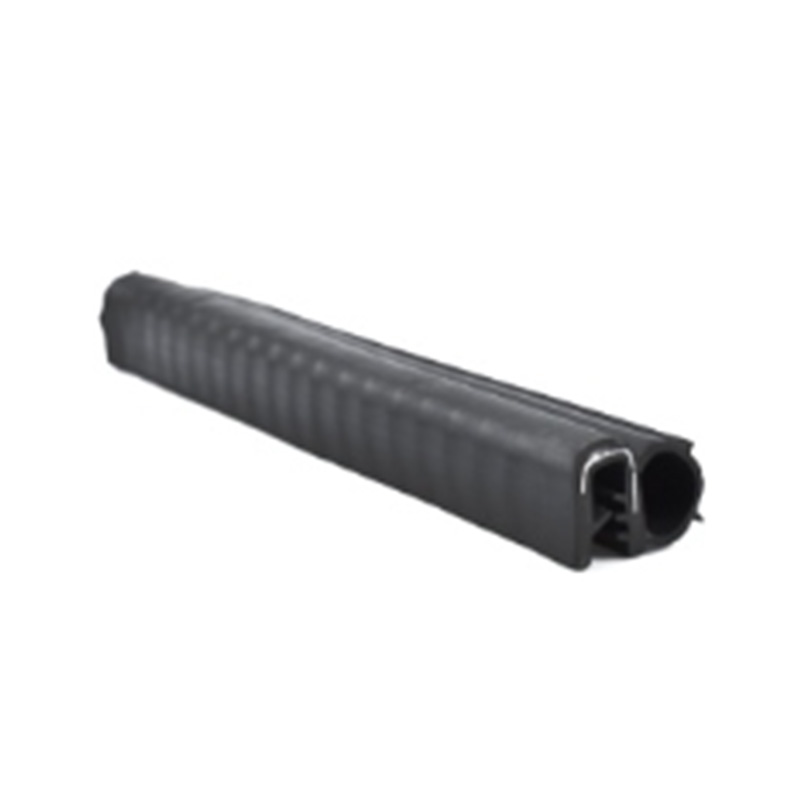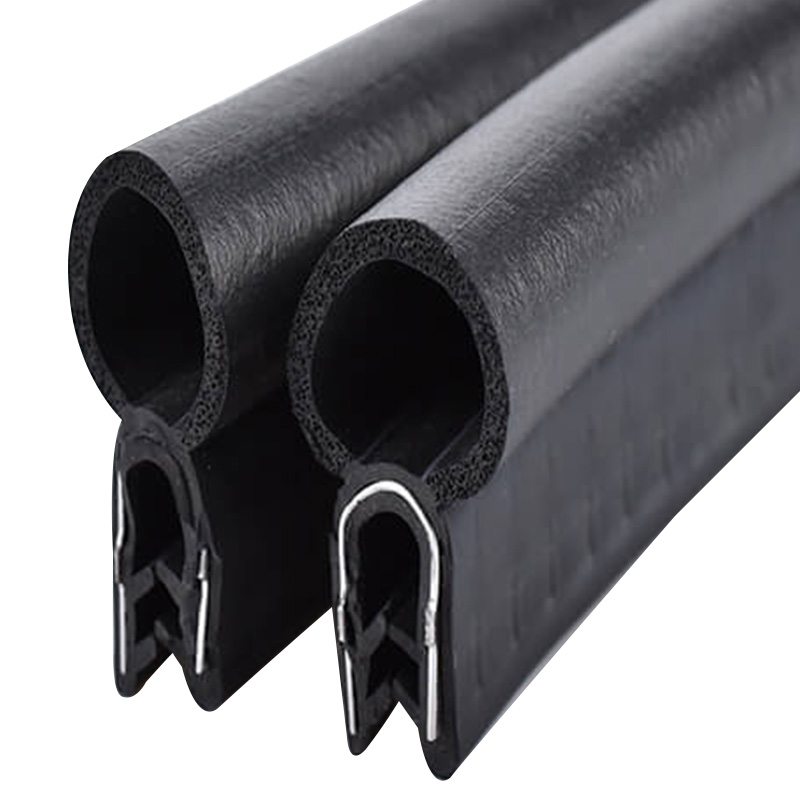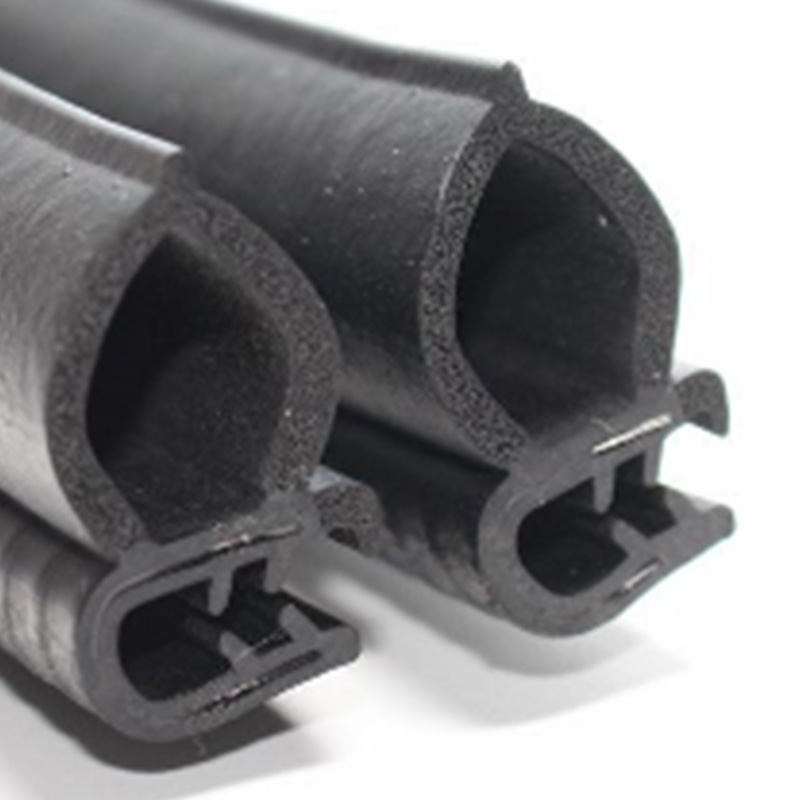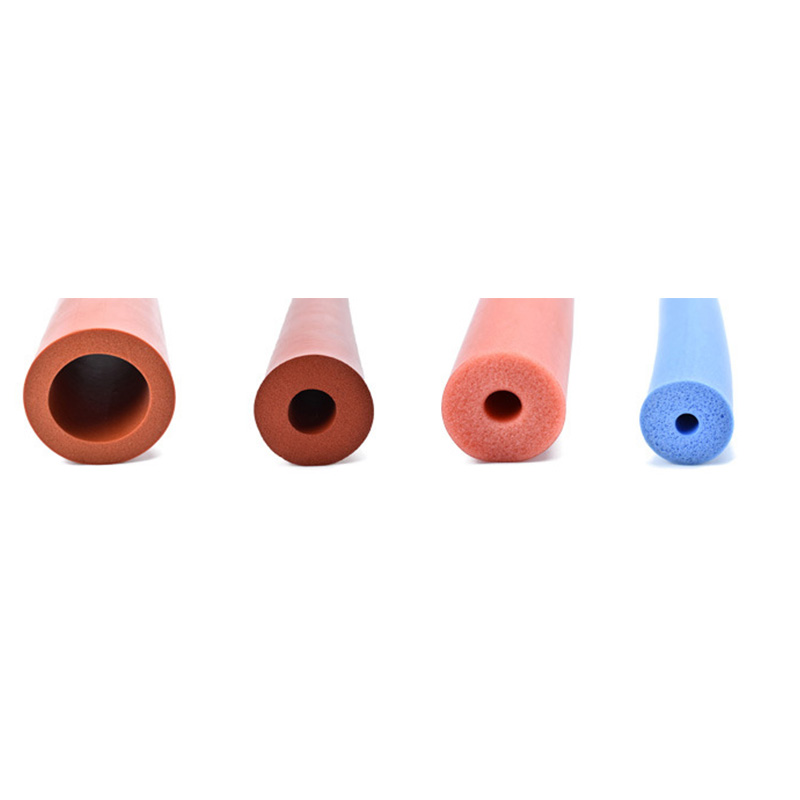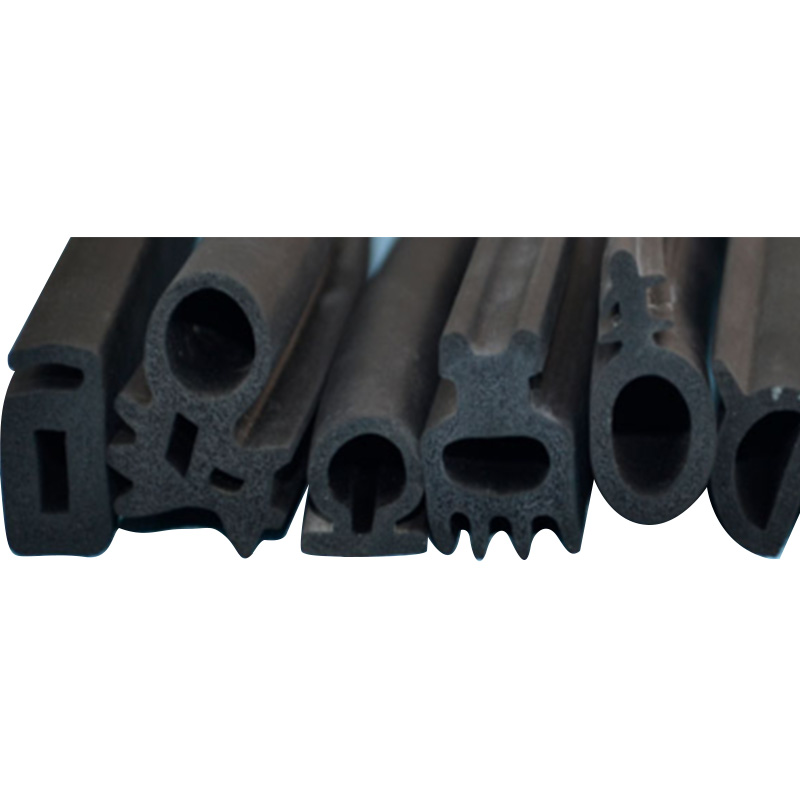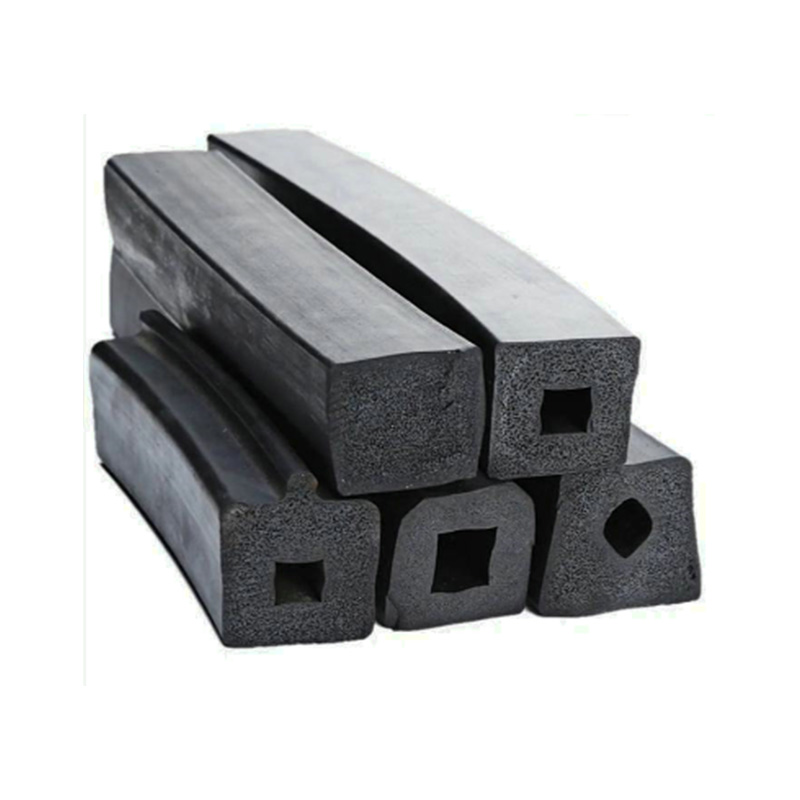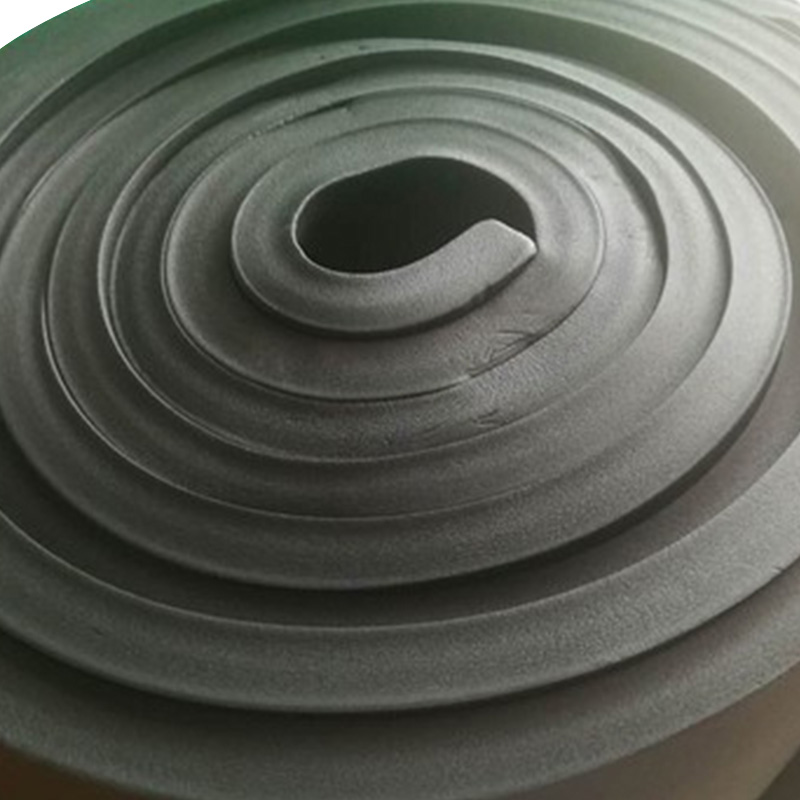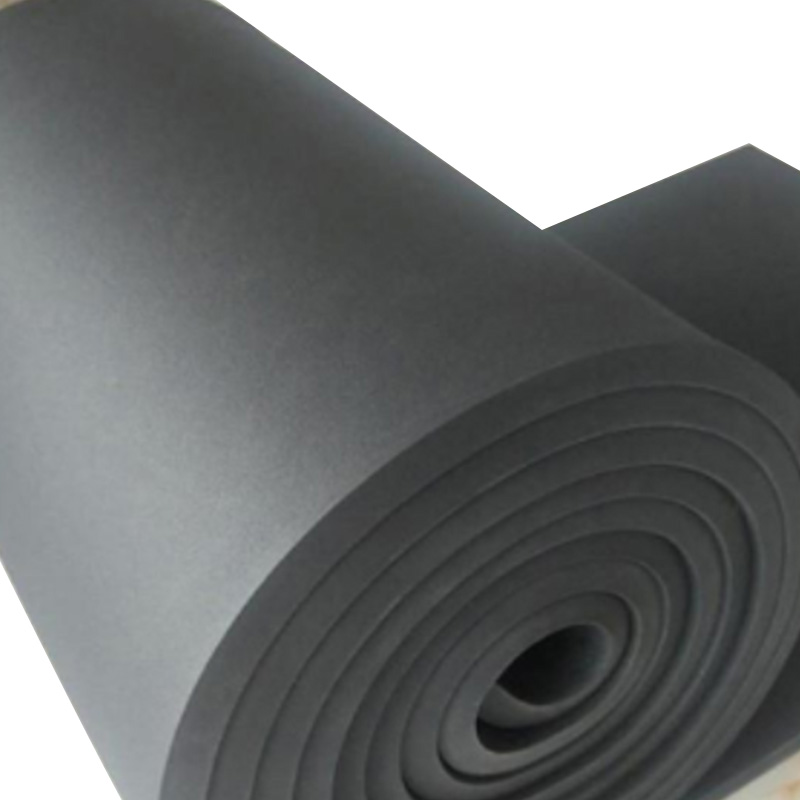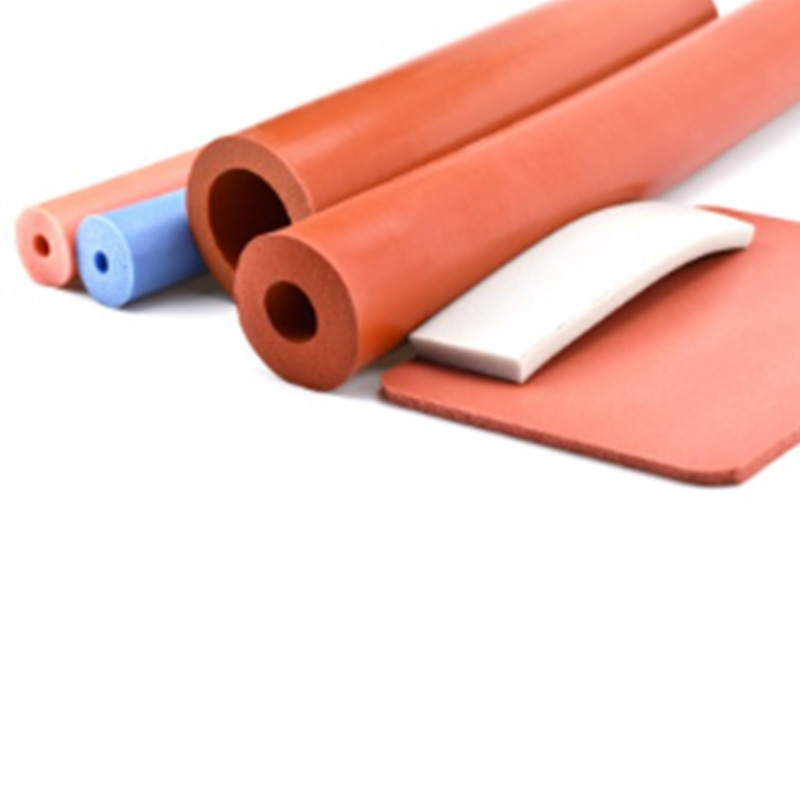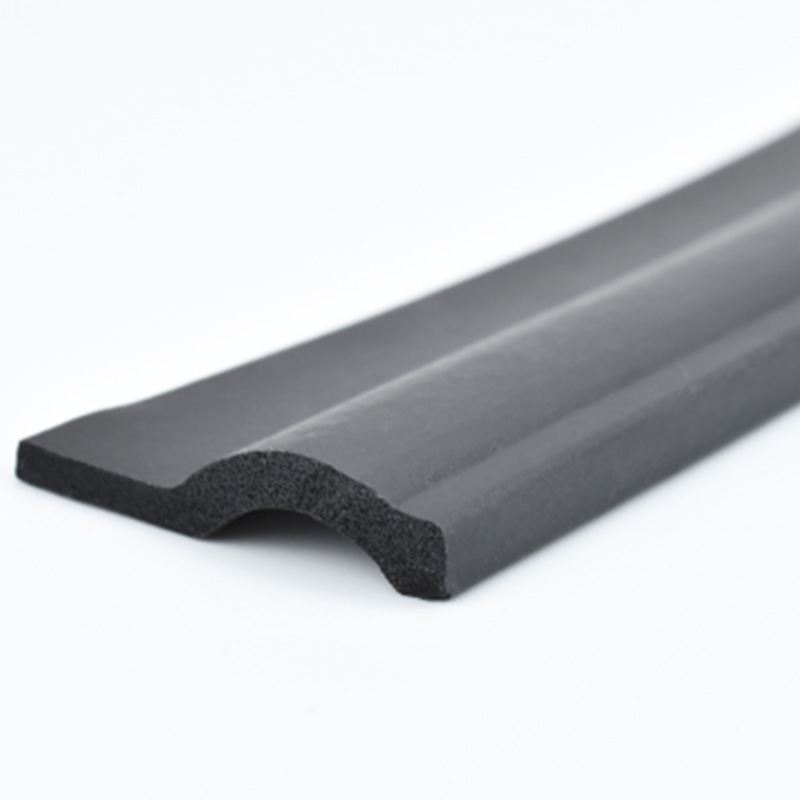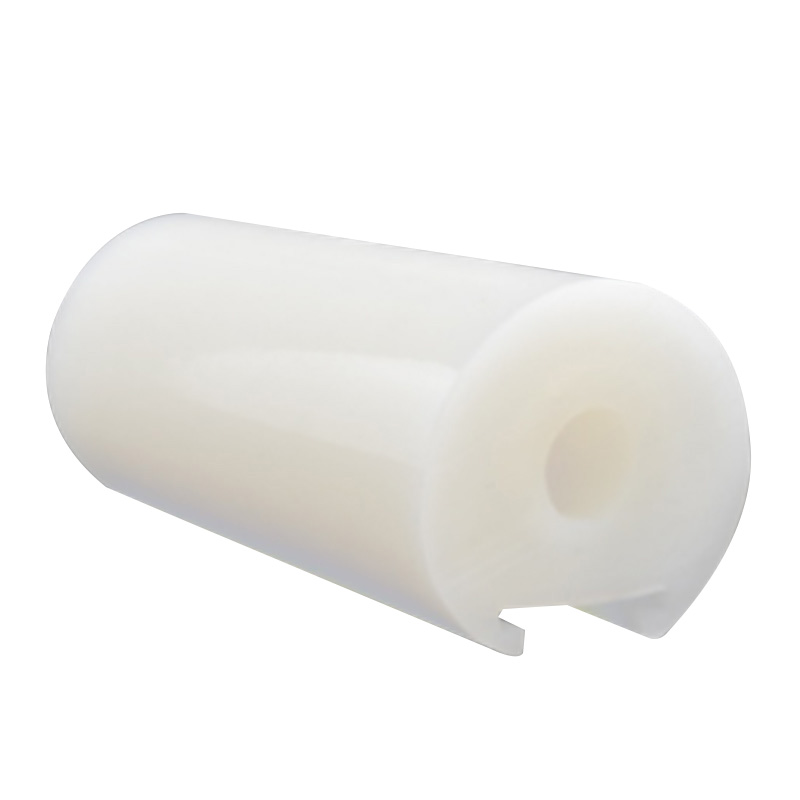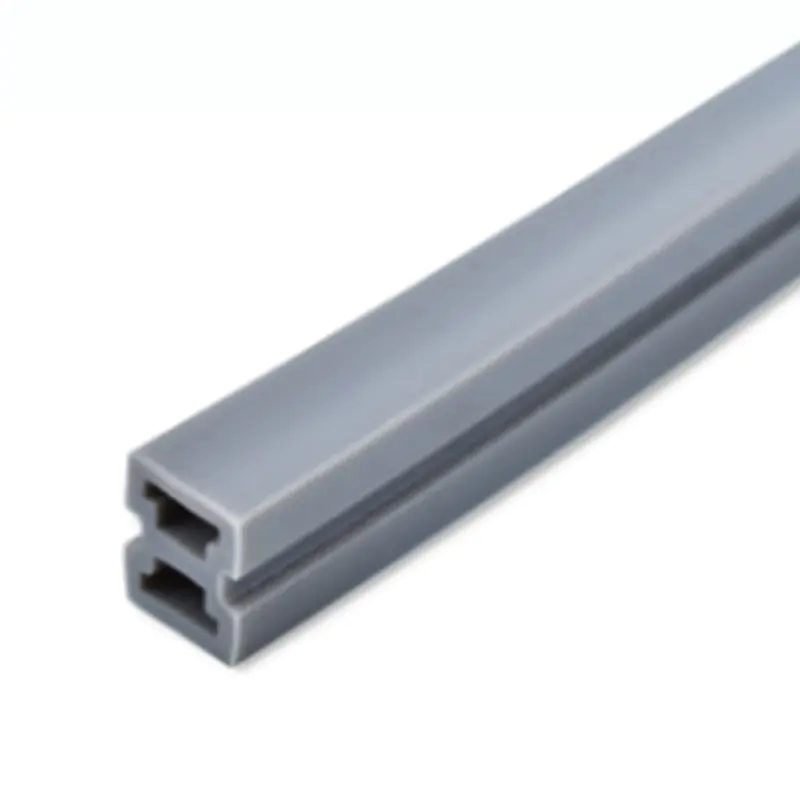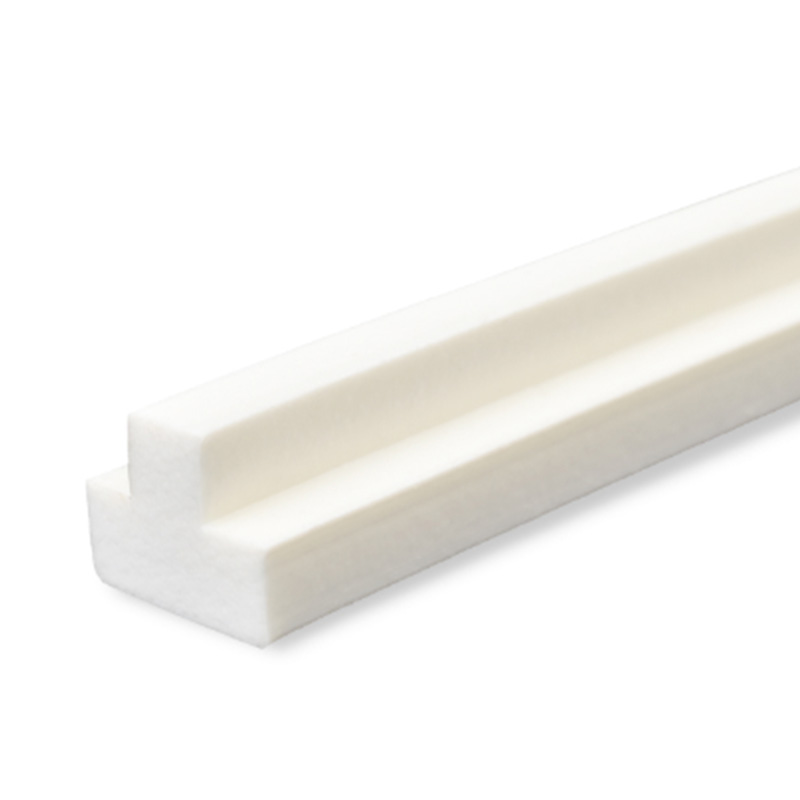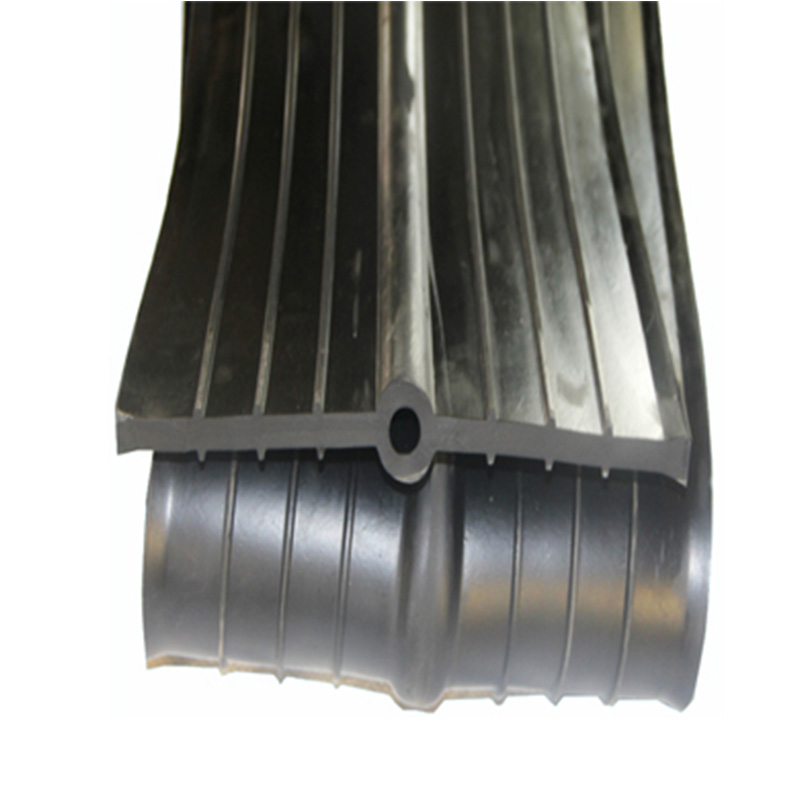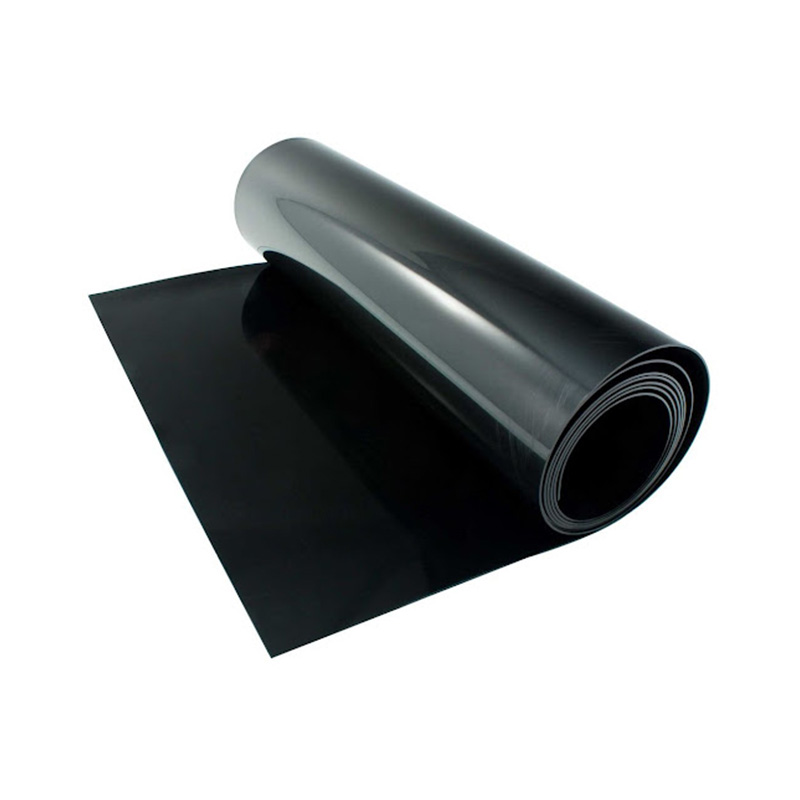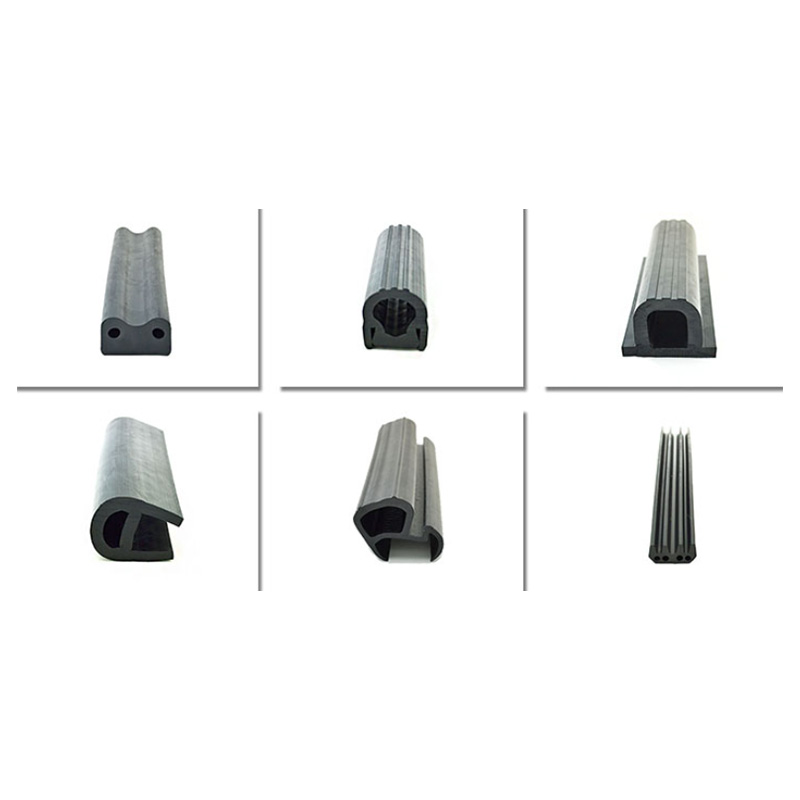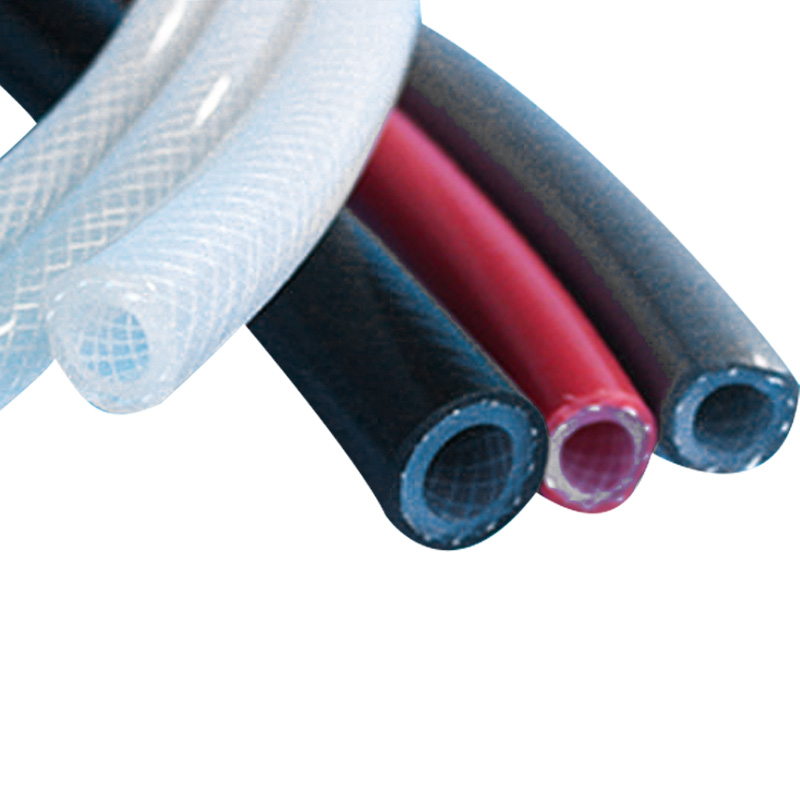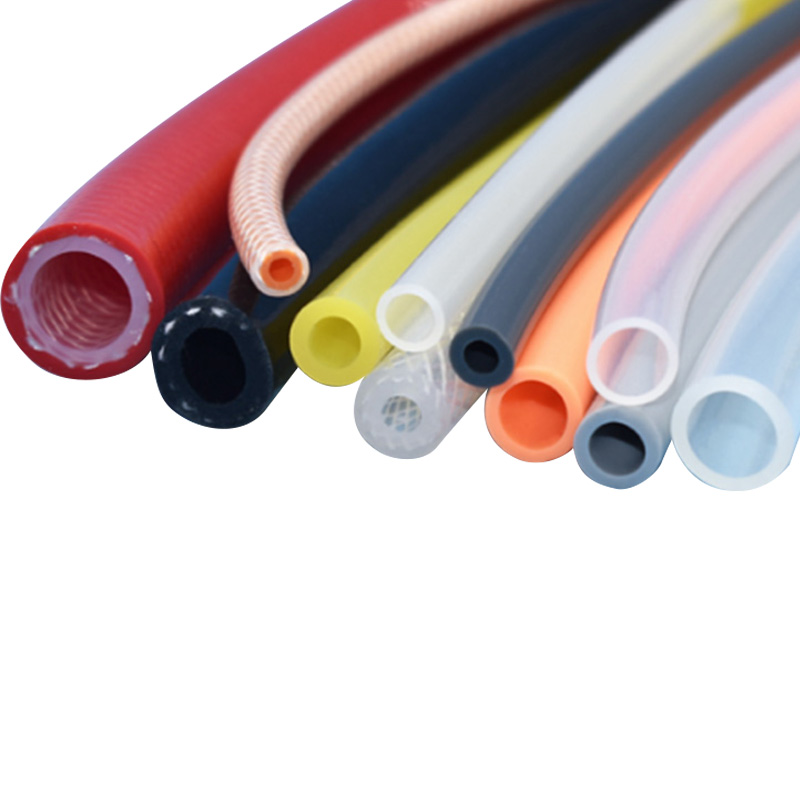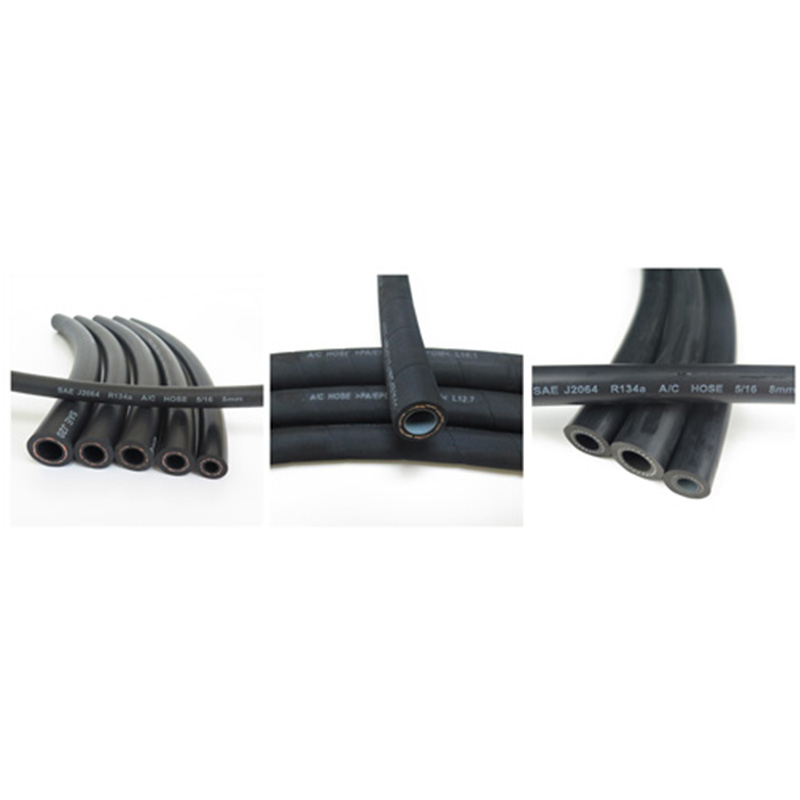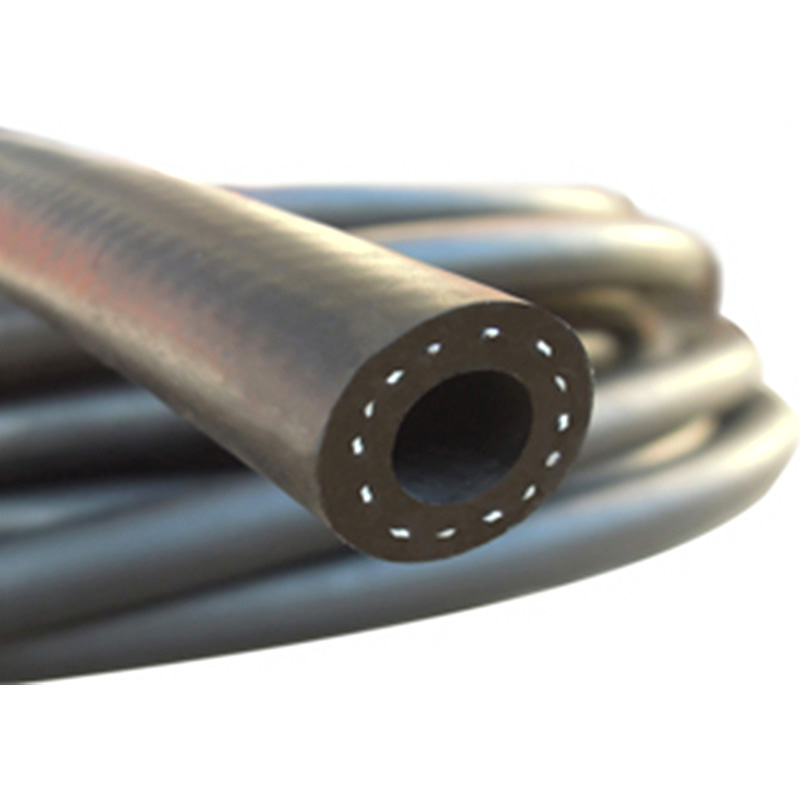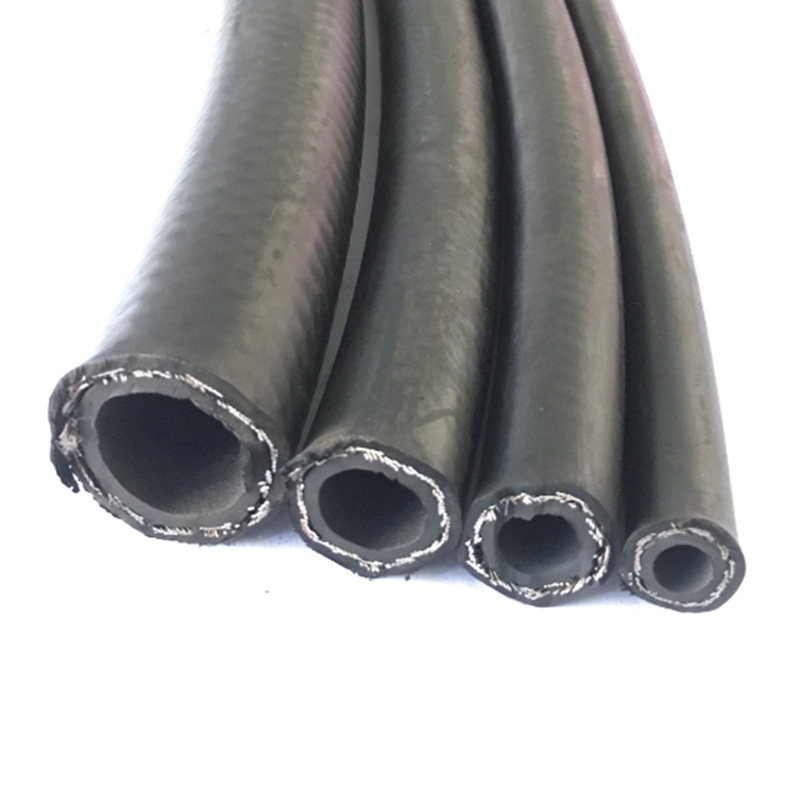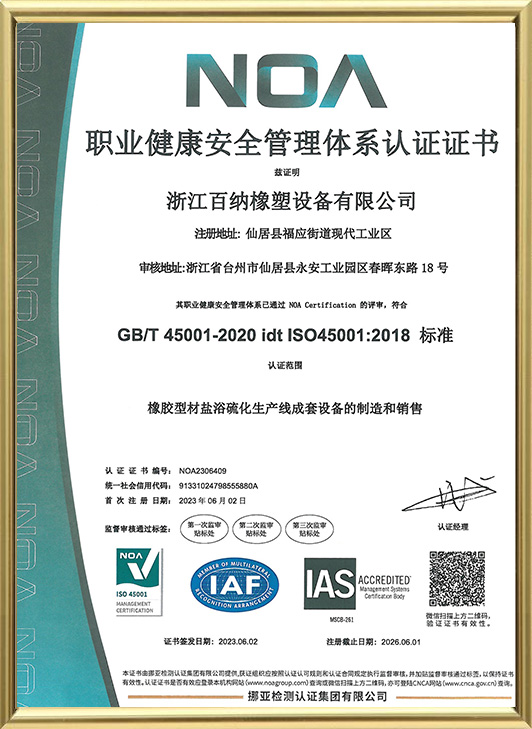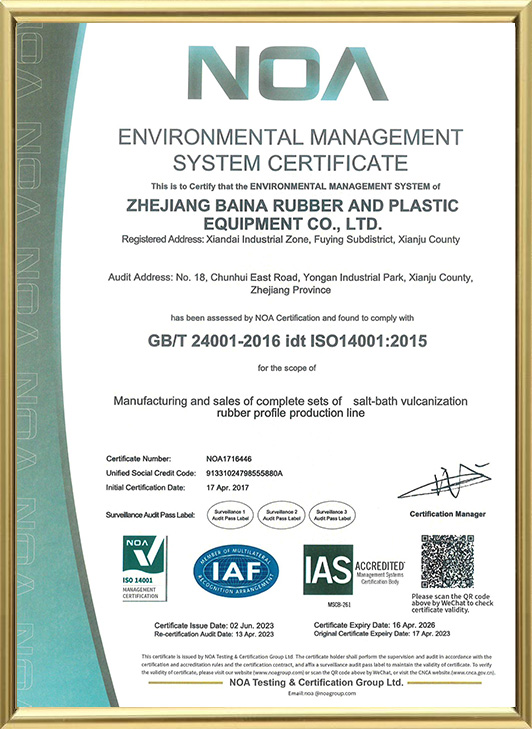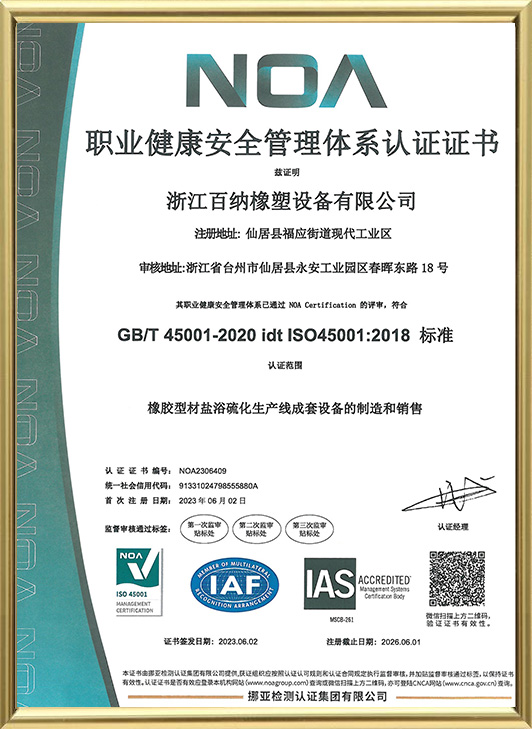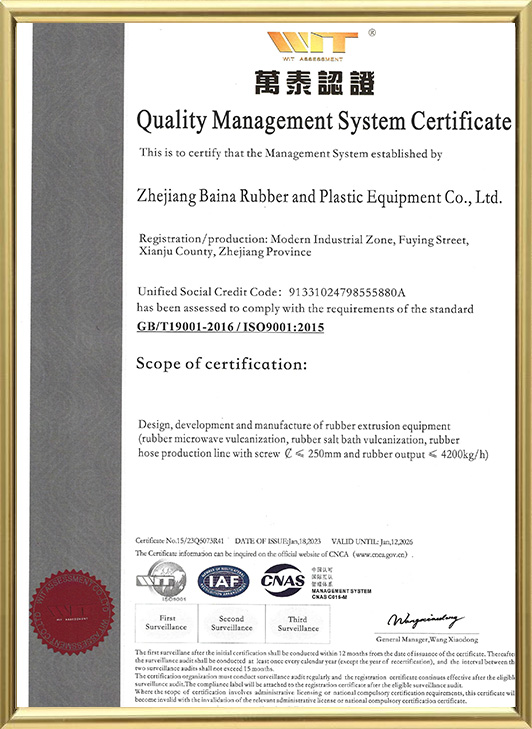-
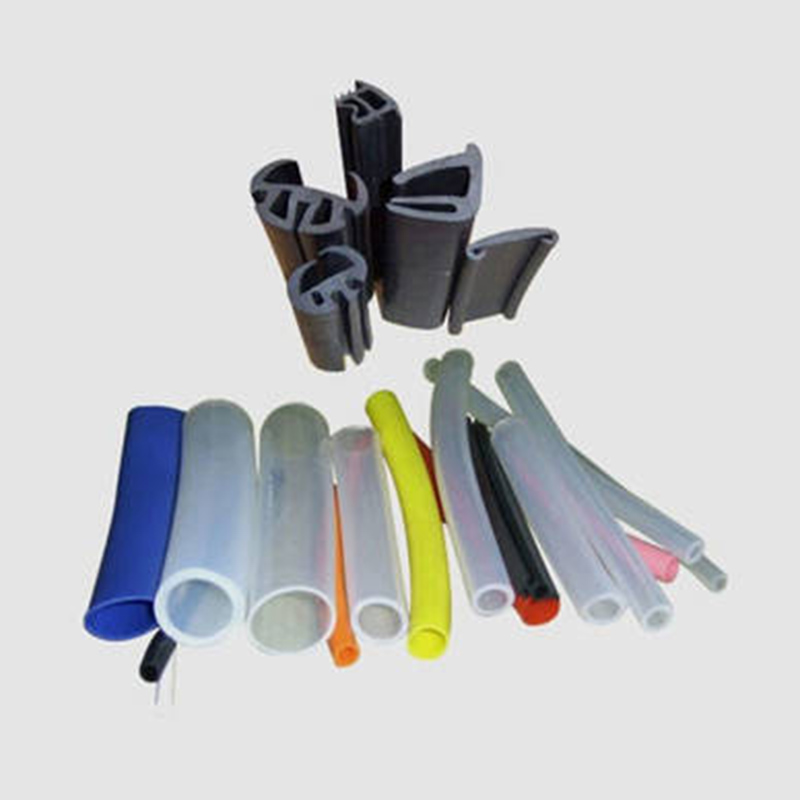
Products Made by the Production Line
The rubber house production line can also produce automotive hoses. In vehicles, rubber hoses are required for cooling s...
-
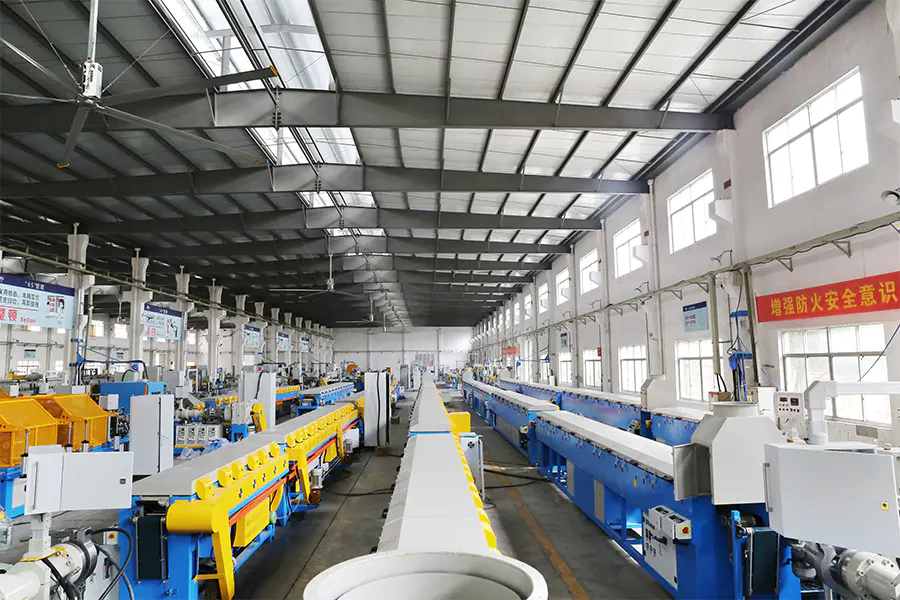
Structure and Functions of a Salt Bath Curing Line
A salt bath curing line is a continuous industrial system used mainly in heat treatment processes, especially for metal ...
-
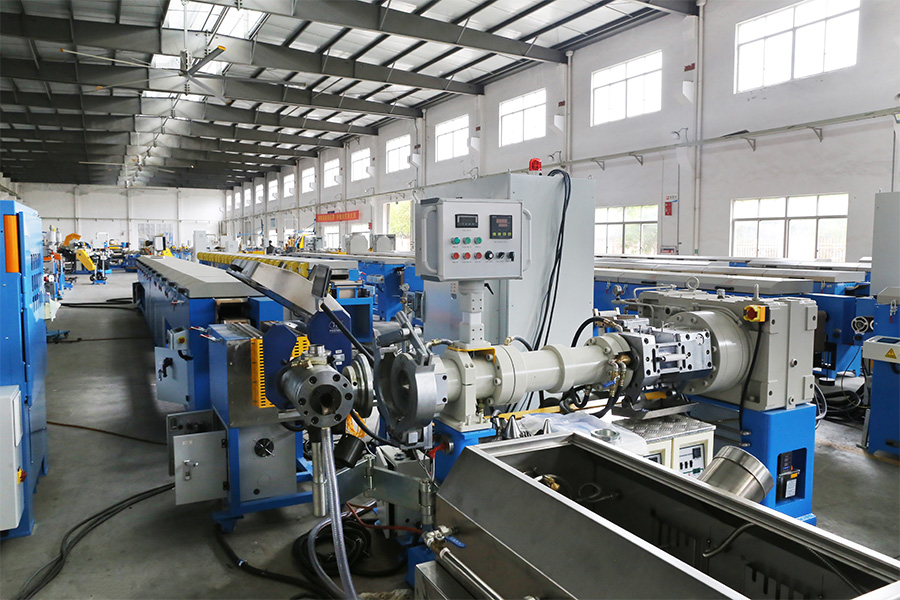
Rubber Extrusion Production Line Functions
A rubber extrusion production line is a manufacturing system designed to shape rubber materials into continuous profiles...
- Production Line Series
- Rubber Extruders Series
- Auxiliary Equipment Series
- Environmental Protection Series
We’re a reliable partner that shapes our expertise into success for your project.
Contact UsRubber Salt Bath Curing Production Line(LCM)
Contact Us Email: [email protected]
Zhejiang Baina Rubber & Plastic Equipment Co.,Ltd.is a China Salt Bath Curing Line Factory. The main products are rubber extruder, rubber co-extrusion production line, rubber salt bath (LCM) production line, rubber and plastic air-conditioning insulation pipe vulcanisation production line, steel edge rubber water belt vulcanisation production line, silicone vulcanisation production line and other rubber and rubber products. Plastic equipment and high-grade rubber products such as automobile air-conditioning hoses, assemblies, sanitary hoses, braided hoses, rubber seals and low-density EPDM foam products.
FROM THE BLOG
Here to find the latest company and industry news and learn more professional product knowledge.






 English
English 中文简体
中文简体 русский
русский
